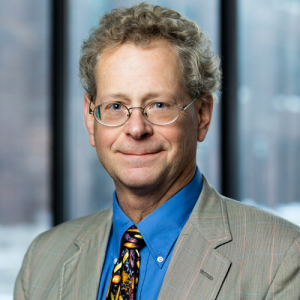Recent public health crises have highlighted the urgent need for a stronger public health response system that is flexible and able to adapt to the unique needs of particular regions and communities. To help address this need, the Upper Midwest (Region 5) Center for Public Health Preparedness and Response is launching with the goal of strengthening public health emergency preparedness systems and response networks across the six-state Upper Midwest region including Illinois, Indiana, Michigan, Minnesota, Ohio, Wisconsin, and Tribal communities within these states.

Promoting equitable access to services and resources will also be a key priority for the center, which is part of a national network of 10 centers spearheaded by the Centers for Disease Control and Prevention’s (CDC) Office of Readiness and Response. As we saw during the COVID-19 pandemic, certain communities were disproportionately affected by the outbreak, and access to vaccines and other health care was not equitably distributed. The new center, led by the University of Minnesota School of Public Health (SPH) and in close coordination with state, tribal, local, and territorial health departments, non-profits, universities, hospitals, and healthcare coalitions, will work to ensure that populations with increased risk are not disproportionately impacted by public health emergencies.
To address these challenges, the Upper Midwest Center will develop a five-year plan that incorporates evidence-based strategies and interventions in a number of areas. Potential focus areas include infectious disease risks (such as zoonotic threats to agricultural workers), the impact of climate change and weather-related disasters in rural and urban communities, threats from exposure to certain environmental harms, and unique challenges faced by Tribal communities and urban Indigenous populations.
“The Upper Midwest Center for Public Health Preparedness and Response will help us build stronger, more adaptable responses to public health emergencies,” says Craig Hedberg, director of the center and SPH professor. “One big lesson to emerge from the pandemic is that a one-size-fits-all approach didn’t work for far too many people. By working with a broad coalition of local, state, and Tribal leaders, we aim to develop preparedness and response plans that are rooted in the specific needs of diverse communities—helping to ensure that future public health emergencies do not disproportionately affect vulnerable populations.”
The CDC awarded a total of $9,054,230 across 10 institutions for Year 1 of a five-year cooperative agreement, contingent upon funding availability.
About the School of Public Health
The University of Minnesota School of Public Health improves the health and wellbeing of populations and communities around the world by bringing innovative research, learning, and concrete actions to today’s biggest health challenges. We prepare some of the most influential leaders in the field, and partner with health departments, communities, and policymakers to advance health equity for all. Learn more at sph.umn.edu.

